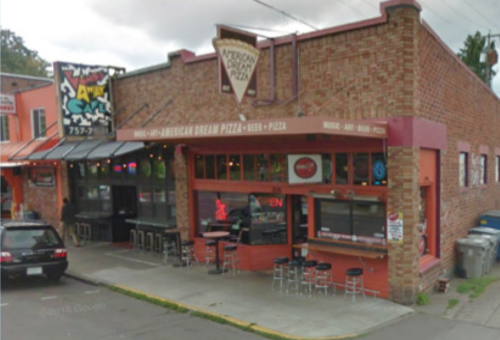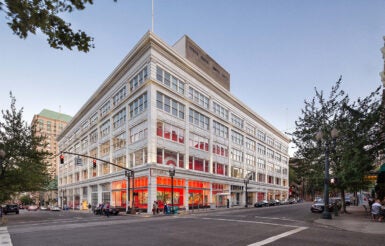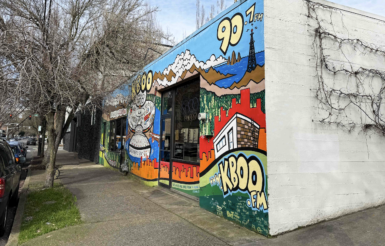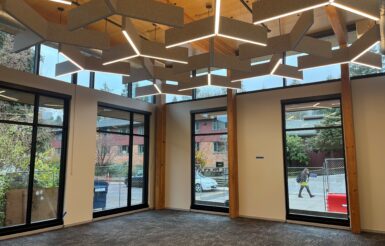Project Overview
Poor ventilation and airflow impact restaurant’s bottom line.
The owners of a popular pizza restaurant in Corvallis, Ore., experienced high energy bills and poor ventilation and airflow—a particularly vexing issue for businesses with commercial kitchens. Many culprits were to blame for these issues, including leaky and poorly insulated walls, large make-up and exhaust air openings from the venting system that serves the pizza oven, and a number of additional air supply and exhaust pathways that weren’t in service but nonetheless resulted in significant air leakage.
The restaurant owners knew that kitchen airflow imbalance could lead to sub-par building pressure, thousands of dollars a year in wasted energy, and customer and employee discomfort. They decided to make a change to avoid these potentially devastating consequences.
High-performance HVAC layers on the efficiency, airflow and ventilation benefits.
After doing their research, the restaurant owners decided to upgrade the building’s heating and cooling followed by the ventilation system serving the dining area. Once complete, these two system upgrades combined to form a very high efficiency dedicated outside air system.
DOAS separates heating and cooling from the ventilation system to allow for optimal control of each of these critical building functions. Building on the DOAS concept, a very high efficiency DOAS includes heat recovery ventilation and focuses on increased equipment efficiency and optimized system design. This approach has been proven to yield significant energy savings in new and existing commercial buildings while also providing:
- Increased occupant comfort
- Improved indoor air quality due to filtered 100% outside air being brought into the space
- Lower energy bills because the very high efficiency HRV allows for a smaller heating and cooling system that runs less often
- Saved roof space through system downsizing and reduced ductwork
- Precise temperature and humidity control
Conversion summary
| Pre-existing HVAC system: | New HVAC system: |
|---|---|
| 1x RTU (7.5 tons) | 1x Fujitsu single-zone ductless heat pump (2 tons) 3x Daikin single-zone ductless heat pumps (3 tons each) 1x Ventacity VS1000RT HRV |
*Compared to a modeled code-minimum HVAC system.
Results
Prior to the HVAC upgrades, the restaurant experienced high energy use relative to its building size due to the energy-draining pizza oven, an inadequate vent-hood system, and heavy reliance on hot water and refrigeration. While high, this level of whole-building energy use is typical of restaurants, especially take-out restaurants that don’t commit much floor space to dine-in customers.
Despite this, the HVAC upgrade still achieved a significant 8% reduction in total building energy use—equal to savings of 119 kBtu per square foot. In addition to the savings, the building owners have noticed an enormous improvement in overall building comfort during the hot summer months, and the introduction of proper ventilation to the building has dramatically improved the restaurant’s air quality for customers.



